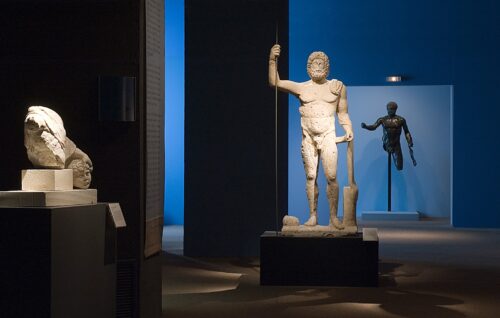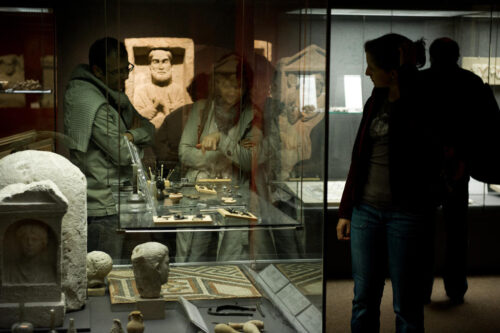Musée d’Aquitaine
The Musée d’Aquitaine is housed in the old university of literature & science. It was constructed in the late 19th century on the site of the Convent of the Feuillants where the philosopher Michel de Montaigne was buried in 1592. The prestigious character of its collections has led to the Museum becoming a heritage standard in France today.
The museum is the result of the merger of several public collections built by the city since the sixteenth century. In 1963, collections from other museums in Bordeaux were brought together at the Musée Lapidaire, which was then renamed the Museum of Aquitaine.
Today, the museum boasts over 1.3 million pieces, illustrating the history of Bordeaux and the local region from prehistory to the twentieth century. Prestigious collections of regional and extra-European archaeology, history, and ethnography retrace the lives of the Aquitaine people and their relationship with the rest of the world.
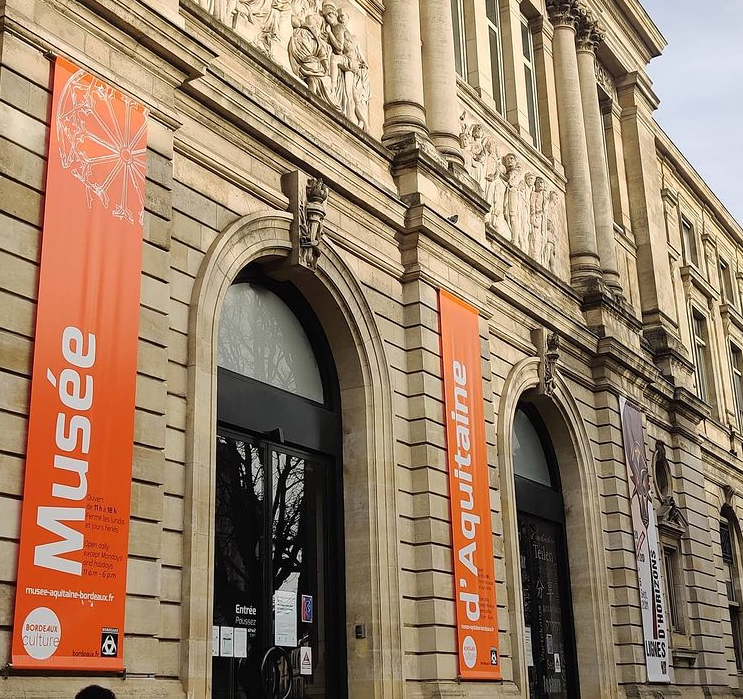
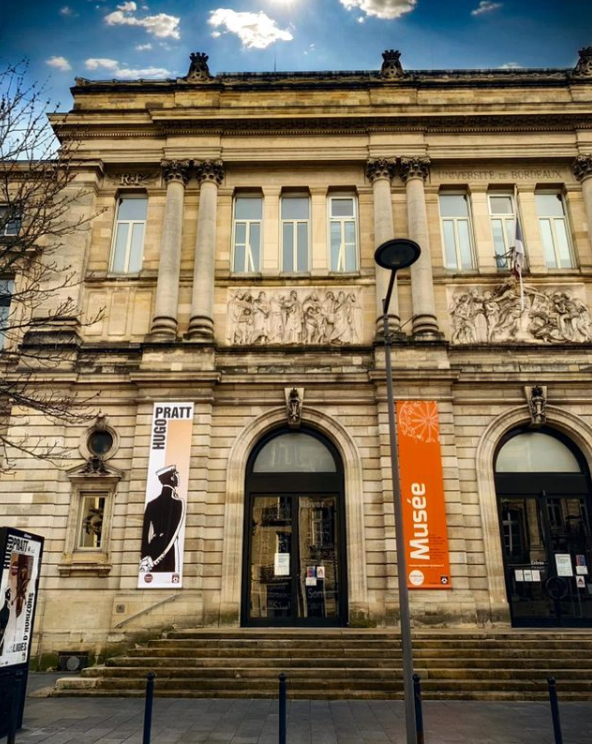
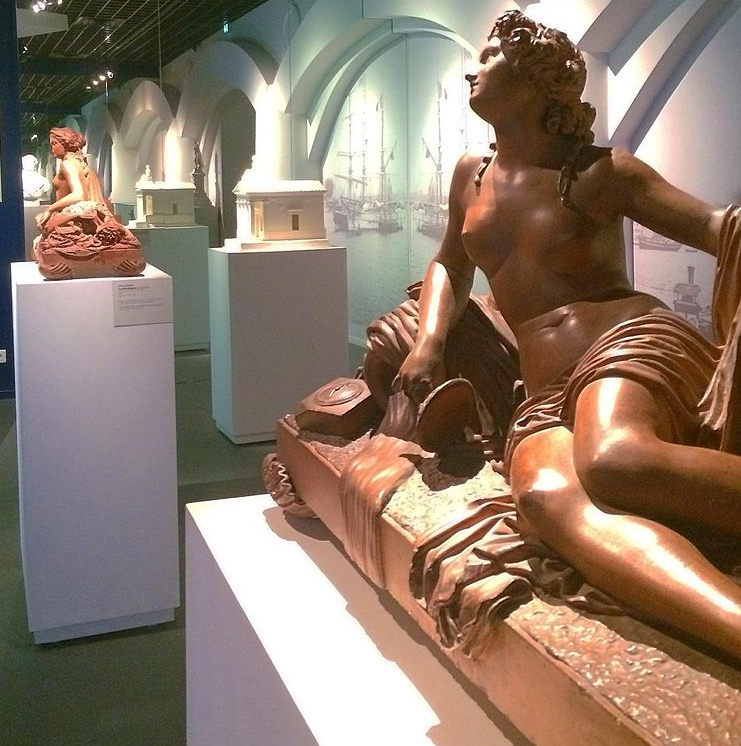
Ship owners, sailors, missionaries, explorers, and doctors all brought back objects from Africa, Oceania, and the Americas to Bordeaux: the museum’s extra-European collection comprises 5000 different pieces. One of the most celebrated humanists, Michel de Montaigne, who published his Essais in 1580, is buried in the chapel of the Feuillant convent upon which the Museum of Aquitaine would later be constructed. The major masterpiece of the museum is the cenotaph of Michel de Montaigne.
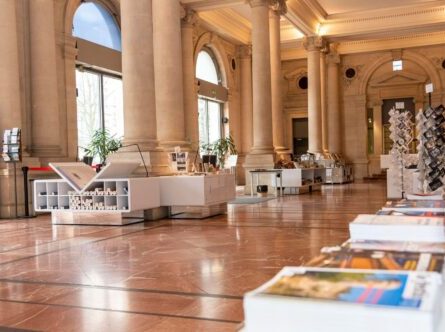


The museum holds a large number of masterpieces that are regularly requested for a loan by other institutions in both France and abroad. These include a stunning Gallic gold torc, discovered by a plowman in the commune of Tayac in 1893; a portrait of Cardinal François de Sourdis sculpted by Bernini in approximately 1620, which almost certainly came from the cloister of Bordeaux’s Church of Saint-Bruno; and an extraordinary wicker and bark mask statue from Vanuatu, acquired in 1884 and thought to be the only one of its kind in the world. More
